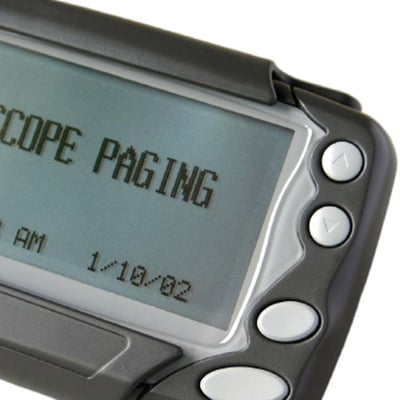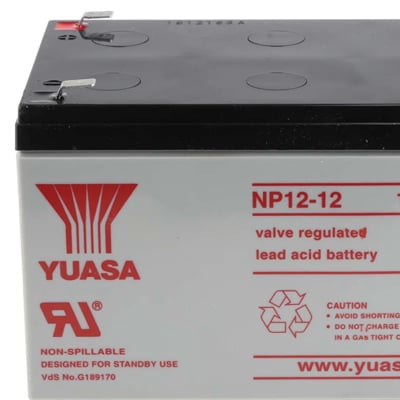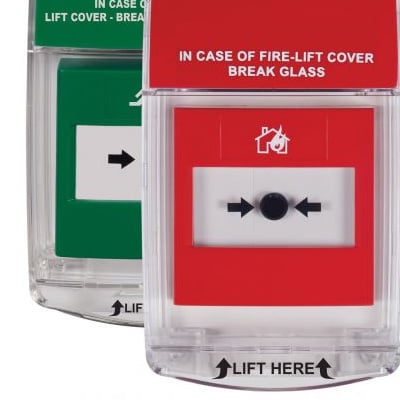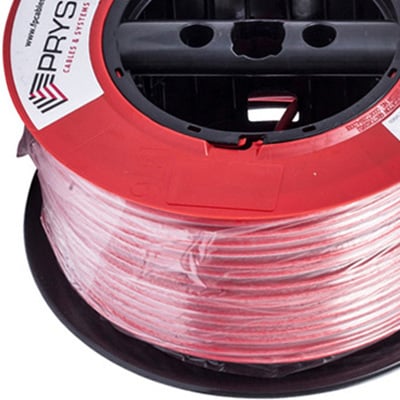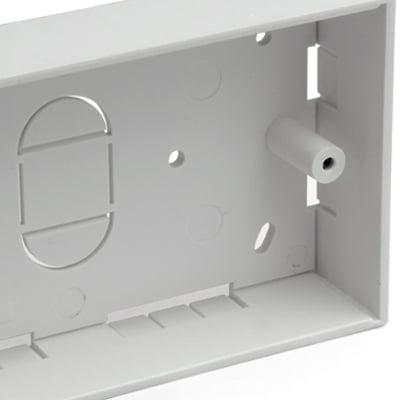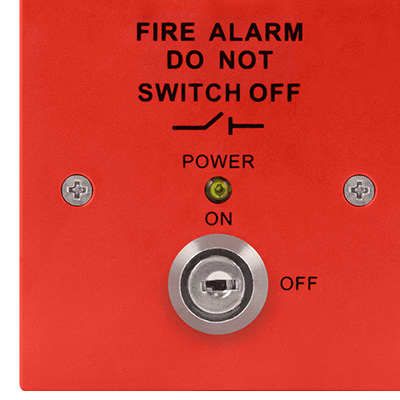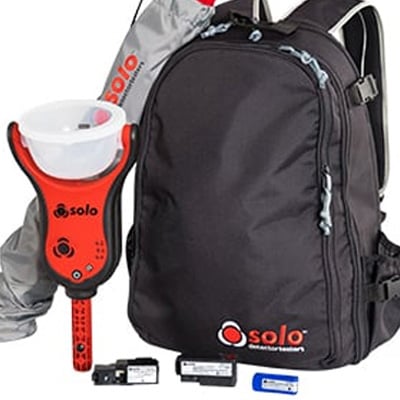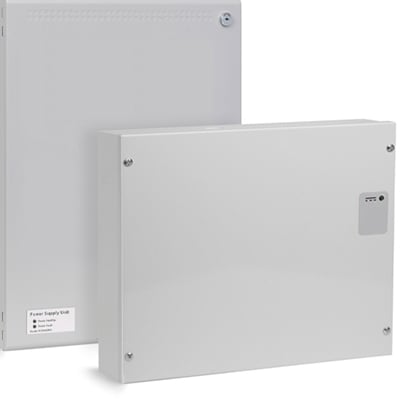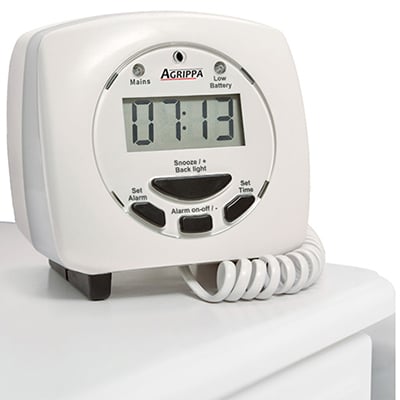This website uses cookies to ensure you get the best experience on our website. Read our cookie policy
Fire Detection Systems
Fire alarm systems are an essential element for most buildings to provide the earliest possible warning of fire and enable building occupants to evacuate quickly and safely. Every building operates differently and therefore different types of fire system are necessary for different applications.
At Safe Fire Direct we are proud to stock a huge range of fire alarm equipment from industry-leading manufacturers to suit almost any scenario. From control panels, point detectors, beam detectors and manual call points to fire resistant cable, fixings, ancillaries and engineer test equipment.
If you can't find what you are looking for, need assistance with your order or would prefer us to send you a quotation for the items you need, please call us now on 0800 955 3600 or send us an email: sales@safefiredirect.co.uk
A conventional fire alarm system (also referred to as a 4 wire system) consists of automatic detectors and manual call points wired to the fire alarm control panel in Zones. Each Zone is a physical wiring circuit. The fire alarm control panel has a number of Zone LEDs which will illuminate should a device in that zone be activated. The purpose of Zones are to provide an indication of where a fire has been detected. The control panel is then wired separately to a minimum of two sounder circuits which accommodate the systems audible warning devices (e.g. bells, electronic sounders etc). Each detection circuit and sounder circuit has an end of line device (resistor) for monitoring purposes.
Two-wire fire alarm systems are an evolution of conventional fire systems. Using the same principal technology as conventional systems with one key difference, they allow all field devices such as detectors, manual call points and sounders to be installed on the same set of cables without the need to install separate circuits for the sounder devices. This allows for cost savings as less cabling is required and installation time is quicker.
Two-wire fire alarm systems are often the preferred choice for use in smaller applications or where there are more budget restrictions.
We stock a wide range of two-wire fire alarm panels, detection devices, sounders, interfaces and peripherals from industry leading brands.
Addressable fire alarm systems utilise advanced communication technology to provide detailed information and control over individual devices connected to the central control panel.
Each device such as smoke detectors, manual call points and other input/output devices have their own unique address or identifier which is assigned via software or hard addressed at the device (depending on the brand) . This allows the control panel to identify the exact location of an alarm event and to communicate with individual devices for maintenance or troubleshooting purposes.
The control panel also receives detailed information about the status of each device, such as if it's in alarm or normal operation, if it's been tampered with or if it needs maintenance. This allows for efficient management of the system and the ability to pinpoint the source of the problem.
Addressable systems also allow for programming and zone management, which allows for specific areas of a building to be designated and managed separately. They also support integration with other building safety systems.
While addressable systems are more advanced and flexible than conventional fire alarm systems, they are also more complex to install and maintain. They typically require more specialised training for engineers, and may require additional components such as communication modules and software.
Wireless fire alarm systems do not rely on wired connections between the devices and the control panel. Instead, the devices communicate with the control panel wirelessly, typically using radio frequencies. This allows for more flexibility in terms of installation, as there is no need to run cables throughout the building.
In wireless fire alarm systems, devices such as smoke detectors, heat detectors, and manual call points communicate with the control panel through wireless transceivers. These transceivers can be battery-powered or wired, and they send signals to the control panel when an alarm is triggered. The control panel then processes the signals and determines the appropriate response, such as sounding the alarm or activating third party connections such as sprinkler systems.
Wireless fire alarm systems can be either addressable or conventional. Addressable wireless systems can identify the exact location of an alarm event, while conventional systems only indicate that an alarm has occurred somewhere within the system. Wireless systems can also be integrated with other building safety systems, such as security systems or HVAC systems.
Wireless fire alarm systems are generally considered to be more flexible and cost-effective than wired systems, but they usually require additional components such as wireless transceivers to ensure proper signal strength and coverage throughout the building.
BS5839-6 is a code of practice that is the key reference standard for the installation, commissioning and maintenance of fire detection and fire alarm systems in domestic premises. Fire detection and alarm systems substantially reduce the risk of death or serious injury from a fire. BS5839-6 sets out the latest recommendations for fire detection and fire alarm systems in both new and existing domestic properties in order to make them safer. All professionals should follow the grade system that is laid out in the standard. Each grade outlines the level of protection appropriate for certain properties and their corresponding levels of risk. All systems, other than Grade A, should be tested at least every month.
Extinguishant control equipment is a vital element of any automatic fire suppression system. The equipment controls the initial detection of smoke/fire from fire detectors, alarm stage actions or manual intervention requirements through to subsequent equipment shutdowns and the release of extinguishing agent when necesssary.
We stock a full range of control equipment for fixed suppression and extinguishing systems, including control panels, status indicators, modules, buttons and keyswitches etc.
From £7.69 Inc VATFire beam detectors are a type of optical fire detection device that use infrared or ultraviolet beams to detect the presence of smoke or fire. They consist of a transmitter and a receiver that are mounted on opposite sides of a protected area. The transmitter emits a beam of infrared or ultraviolet light, and the receiver detects any interruption of the beam caused by smoke or particles in the air.
Fire beam detectors are typically used in large open spaces such as warehouses and factories where traditional point smoke detectors may not be practical. They can cover large areas with a single detector and offer a high level of sensitivity and stability. They have a low rate of false alarms, and can detect smoke at an early stage of fire.
Fire beam detectors can be configured to trigger an alarm or activate other building systems, such as sprinklers, when a fire is detected.
However, fire beam detectors require a clear line-of-sight between the transmitter and receiver and can be affected by environmental factors such as dust, steam, and insects. They also require regular maintenance and cleaning to ensure proper operation.
Flame detectors are a type of fire detection device that uses optical or infrared technology to detect the presence of a flame. They work by analysing the light emitted by a flame and comparing it to a pre-determined set of parameters, such as the wavelength and intensity of the light. If a flame is detected, the detector will trigger an alarm or activate other building systems, such as sprinklers.
Flame detectors come in several different types, including ultraviolet (UV), infrared (IR) and visible light flame detectors. UV detectors are sensitive to the ultraviolet radiation emitted by most flames, IR detectors are sensitive to the infrared radiation emitted by most flames and visible light detectors are sensitive to the visible light emitted by most flames.
Flame detectors can be used in a variety of applications, including industrial plants, oil and gas facilities, power plants and commercial buildings. They are particularly useful in areas where traditional point smoke detectors may not be effective, such as in environments with high levels of dust, smoke or steam.
Flame detectors are generally considered to be highly reliable, but they can be affected by environmental factors such as sunlight and ambient lighting. They also require regular maintenance and calibration to ensure proper operation.
From £135.56 Inc VATAspirating smoke detectors (ASD) are a type of fire detection device that uses a small fan to pull in air from a protected area and pass it through a detection chamber. The air is then analysed for the presence of smoke particles. The system can be configured to sample air from specific locations or from a general area. These detectors are highly sensitive and are able to detect smoke at an early stage of fire, making them particularly useful for detecting smoldering fires.
ASD typically consist of three main components: a sample pipe network, a sample point and a detector unit. The sample pipe network is a network of pipes that are used to transport air from the protected area to the detector unit. The sample point is the location where air is drawn into the pipe network. The detector unit is where the air is analysed for smoke particles.
ASDs can be connected to a building's fire alarm system, and can also be integrated with other building systems such as HVAC systems and sprinkler systems. They are typically used in large buildings such as airports, museums and other public buildings where early detection and rapid response is critical.
However, these detectors can be affected by environmental factors such as dust, dirt and insects. They also require regular maintenance, cleaning and calibration to ensure proper operation.
From £0.83 Inc VATSite Alarms are designed for use in buildings or sites where a permanent fire alarm system is not in place or feasible to install. Ideal for use on construction sites, temporary structures, outdoor events etc.
Intrinsically Safe and Explosion-Proof fire products are designed to enable safe operation of high-quality fire detection technology in explosive and hazardous environments.
Achieving "Intrinsically Safe" status means the electrical components of these products are incapable of sparking or generating heat that could ignite explosive atmospheres, achieved by carefully controlling current and voltage levels across the entire circuit. This safety standard ensures that electrical and thermal energy is contained to prevent ignition in hazardous settings involving explosive gases or combustible dust.
From £4.07 Inc VATMarine-approved fire alarm equipment is a specialised category of safety devices designed for use in maritime environments, including ships, oil and gas platforms, and wind farms.
These products are engineered to meet stringent standards and regulations set forth by the Marine Equipment Directive (MED) within the European Union. They undergo thorough testing to receive certification from trusted third-party bodies such as the LPCB, to demonstrate their ability to withstand the unique challenges of marine and offshore environments.
From £2.24 Inc VAT The Scope F-Link is a four input four output transceiver which works with up to fifteen other F-Link units to form a mesh radio network for remote alerting and status monitoring, typically of fire or security panels. A minimum of two F-Link units are required to form a system. Each F-Link operates as both transmitter and receiver (transceiver). A paging transmitter can be attached to the master providing full alarm and status information.From £431.34 Inc VAT
The Scope F-Link is a four input four output transceiver which works with up to fifteen other F-Link units to form a mesh radio network for remote alerting and status monitoring, typically of fire or security panels. A minimum of two F-Link units are required to form a system. Each F-Link operates as both transmitter and receiver (transceiver). A paging transmitter can be attached to the master providing full alarm and status information.From £431.34 Inc VATOn-site pager systems are an ideal solution for building occupants who are deaf or hearing impaired. When integrated with fire, security and nurse call systems different alerts can be sent to the users to inform them of emergencies and different system events. They also enable compliance with BS5839-1 : 2017 on fire systems for alerting the hearing impaired to a fire alarm activation.
From £15.29 Inc VATFire alarm back-up batteries are batteries that provide power to a fire alarm system in the event of a power outage. They are designed to ensure that the fire alarm system continues to operate and provide warning signals to the building occupants in the event of a fire, even if the primary power source is lost. They are typically used in commercial and industrial buildings, as well as in residential buildings with hardwired fire alarm systems.
Back-up batteries come in various sizes and capacities, depending on the needs of the fire alarm system they are powering. They are connected to the fire alarm control panel and are continuously monitored to ensure they are charged and ready to provide power in case of an emergency.
Back-up batteries are typically replaced every 3-5 years, depending on the type of battery used. They are also tested regularly to ensure they are in good working condition. It's important to note that the fire alarm system should be tested on a regular basis to ensure that the back-up batteries are able to provide power in case of an emergency.
From £11.54 Inc VATOur range of protective equipment is designed to help deter false alarms, prevent theft and vandalism of your Fire Safety Equipment and provide protection against certain environmental conditions.
The sustained and reliable operation of a wired fire alarm system is heavily dependent upon the integrity of the cable connections between the mains supply, control panel and all field devices. Use of insufficient cabling and fixings is one of the most common causes of system faults and failures, therefore using suitably resistant and compliant equipment is paramount to successful operation. We offer a range of high quality, fully compliant cable and fixing solutions designed for competent fire alarm installation companies and electricians to utilise in their small works and installation projects.
We offer a wide range of installation aids for fire alarm systems such as fixing accessories, conduit boxes, back boxes etc.
From £2.18 Inc VATA fire alarm fuse spur or mains isolator is an electrical safety device that is used to protect a fire alarm system from power surges and other electrical issues. It is a type of electrical isolator that is installed between the main power supply and the fire alarm control panel. The fuse spur is designed to disconnect the power supply to the fire alarm system in the event of an electrical fault, such as a power surge, to prevent damage to the system and ensure the safety of the building's occupants.
A fire alarm fuse spur typically consists of a fuse and a switch. The fuse is designed to blow if the current exceeds a certain level, cutting off power to the fire alarm system. The switch allows the power to be manually disconnected in case of maintenance or testing.
It's important to note that fire alarm fuse spurs should be regularly tested and maintained to ensure that they are in good working condition and able to protect the fire alarm system in case of an electrical fault. It's also important to ensure that the fuse used is the correct rating for the fire alarm system and that it is replaced as needed.
From £1.88 Inc VATWe offer an extensive range of professional detector testing products all designed to be used from ground level, removing the hassle and risk of reaching high level devices. Our range includes smoke dispensers, aerosols, full testing kits, spares and accessories from the industry leading manufacturers.
Safe Fire Direct offer a comprehensive range of EN54-4 compliant power supplies for use on UK fire systems. Ideal for controlling aspirating smoke detection, beam detectors, auto-dial communicators, electromagnetic door holders / closers, ventilation systems and more.
From £35.99 Inc VATConventional fire alarm systems and smoke alarms rely mostly on audible warnings to alert building users to a fire, however these signals would not be heard by users who are deaf or hard of hearing, putting them at a significantly higher risk. Our range of fire alarms for the deaf and hard of hearing offer vibrating pillow pads and high-intensity LED beacons to wake users from sleep and ensure they are alerted to a fire emergency.
From £33.65 Inc VAT




































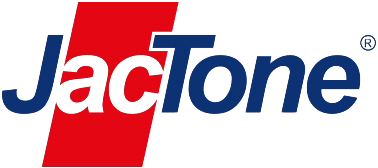











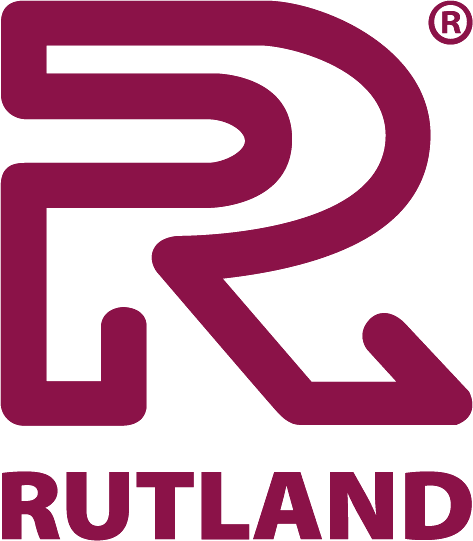








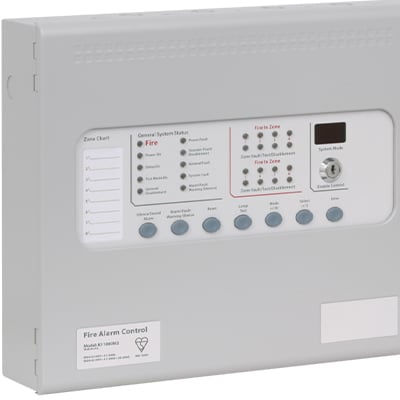
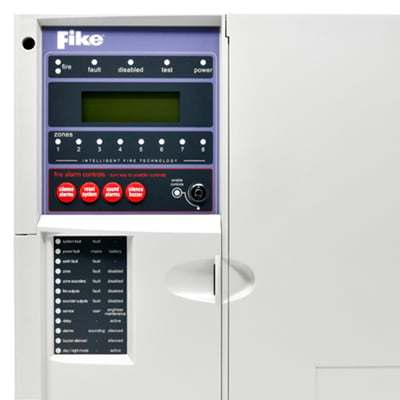
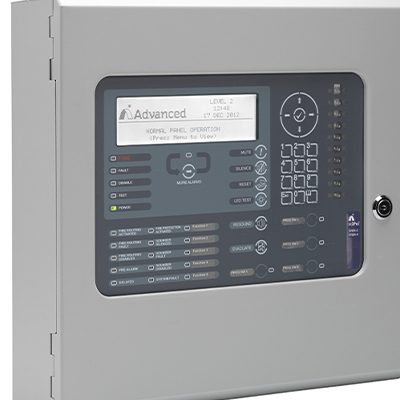
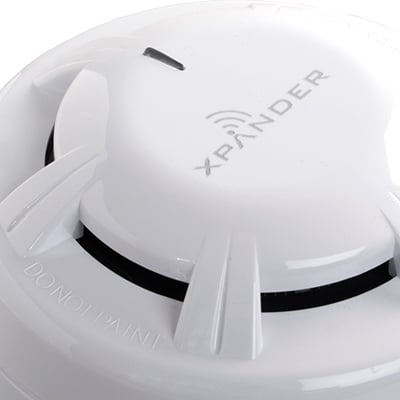
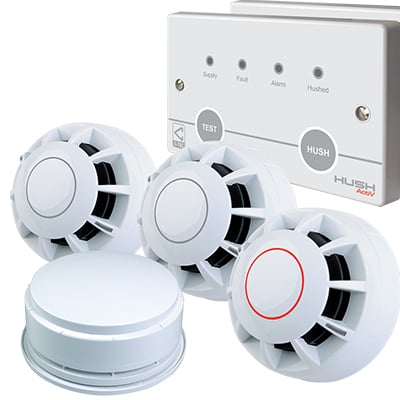
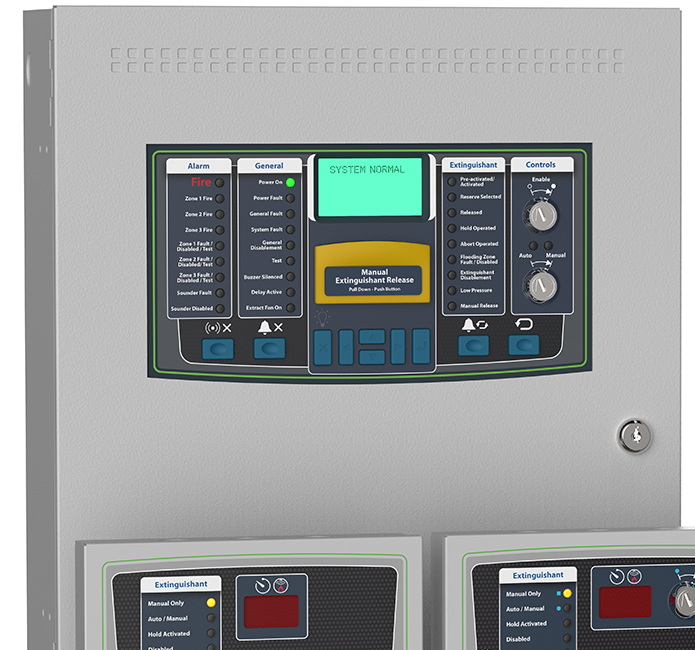
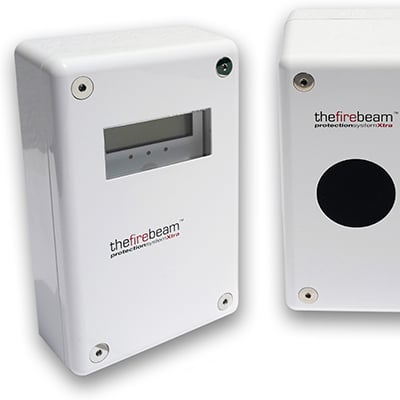
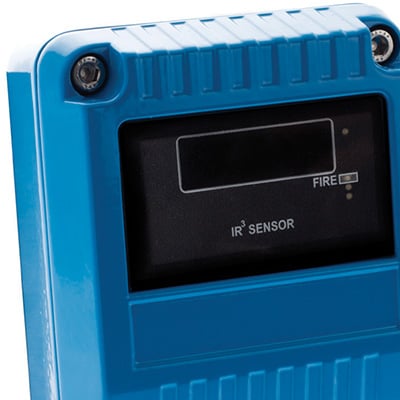
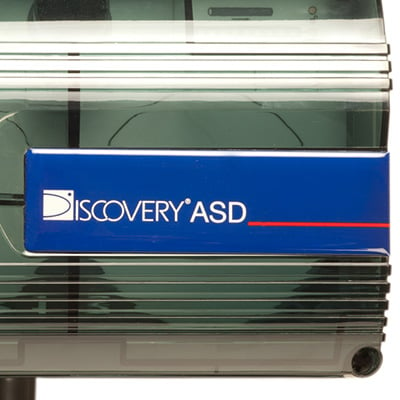
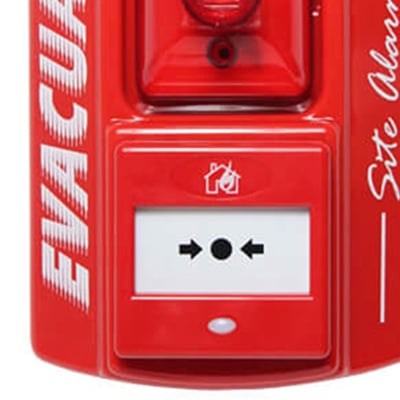
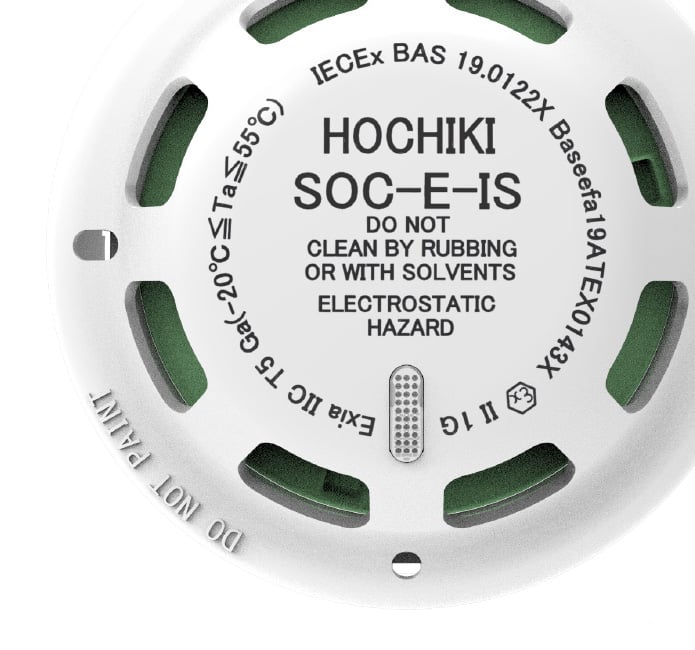
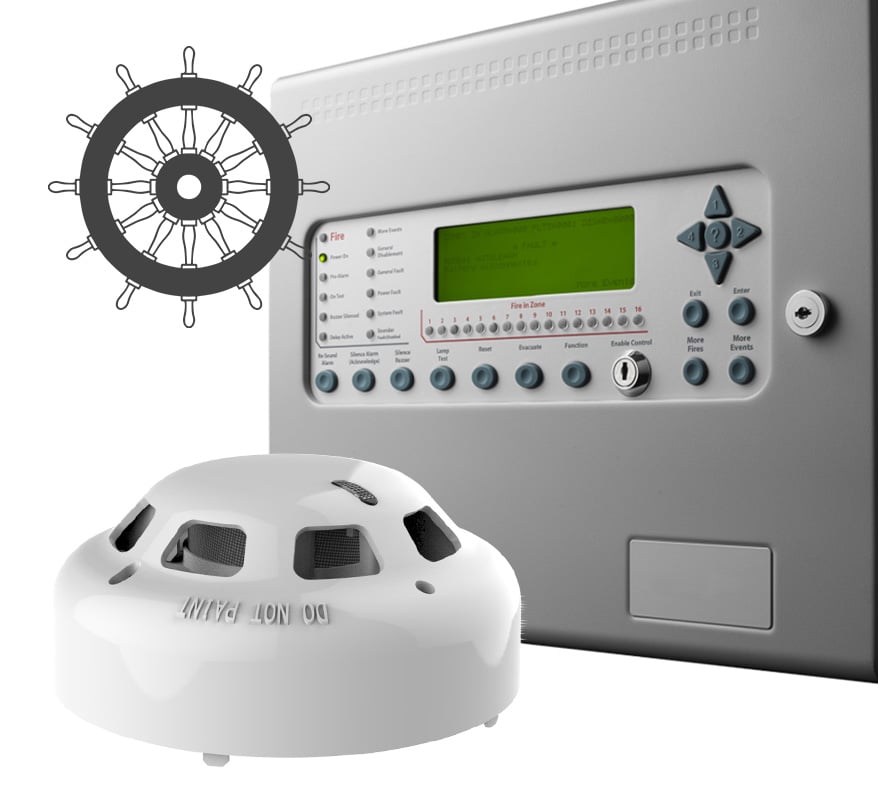
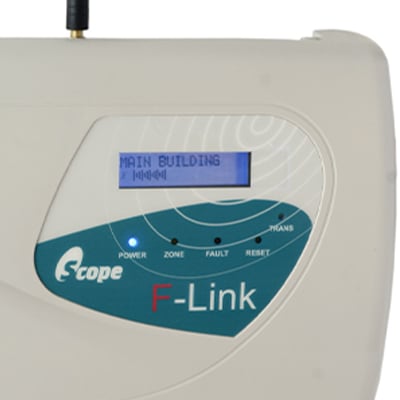
 The Scope F-Link is a four input four output transceiver which works with up to fifteen other F-Link units to form a mesh radio network for remote alerting and status monitoring, typically of fire or security panels. A minimum of two F-Link units are required to form a system. Each F-Link operates as both transmitter and receiver (transceiver). A paging transmitter can be attached to the master providing full alarm and status information.
The Scope F-Link is a four input four output transceiver which works with up to fifteen other F-Link units to form a mesh radio network for remote alerting and status monitoring, typically of fire or security panels. A minimum of two F-Link units are required to form a system. Each F-Link operates as both transmitter and receiver (transceiver). A paging transmitter can be attached to the master providing full alarm and status information.